The Original Playboy Story
The story of The Original Playboy brand began in 1936 in England with the creation of a unique crepe sole construction. An iconic design worn by royals, legendary Hollywood actors, jazz musicians, rockabillies, hip-hoppers and a host of other good people around the world.

1930s
In 1936, English shoemaker Hutton created a completely new type of shoe with a unique and patented crepe sole construction. The ‘Play-Boy’, it was called.
The construction was based on a thick 100% natural plantation crepe sole attached to the upper, a signature piping sewn all around the shoe, and an inch-high crepe foxing to complete the design. An iconic and timeless classic was born.
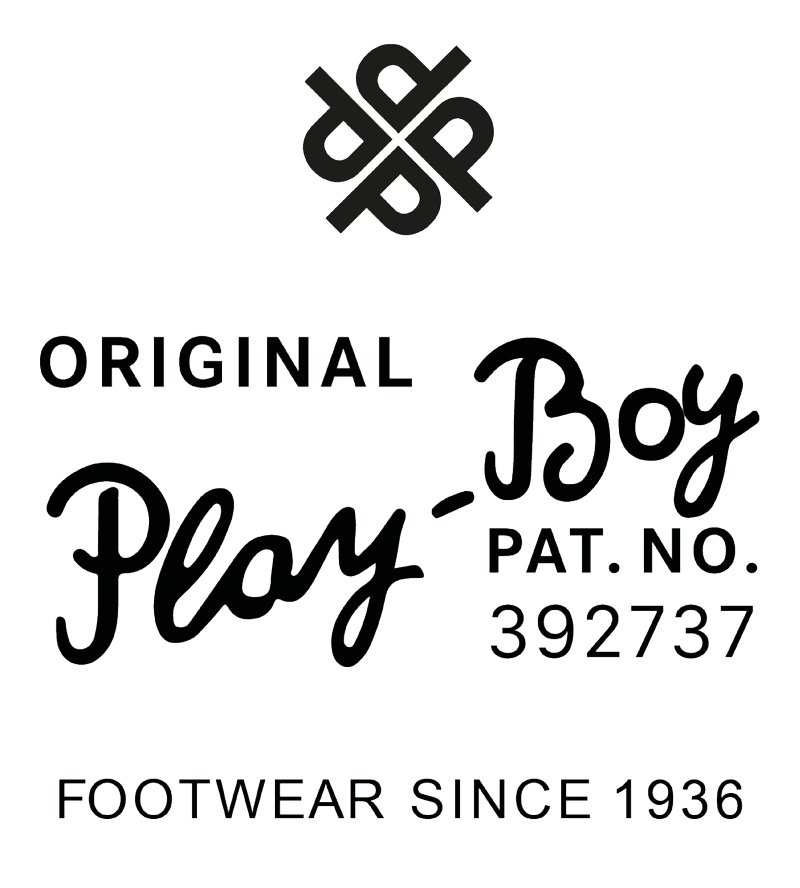
The Easiest Shoe On Earth. Made for Town and Country.
The new shoe was marketed as ’The Easiest Shoe on Earth’, made for both town and country wear, as well as golf, football, motoring, and racing.
The shoes quickly caught on, also among royals. Queen Wilhelmina of the Netherlands, for example, ordered her third pair of Playboy shoes in 1937, and soon after, the adverts carried the line ’Worn by Royalty’. At one point, the shoes even went by the name ’Royal Playboys’.
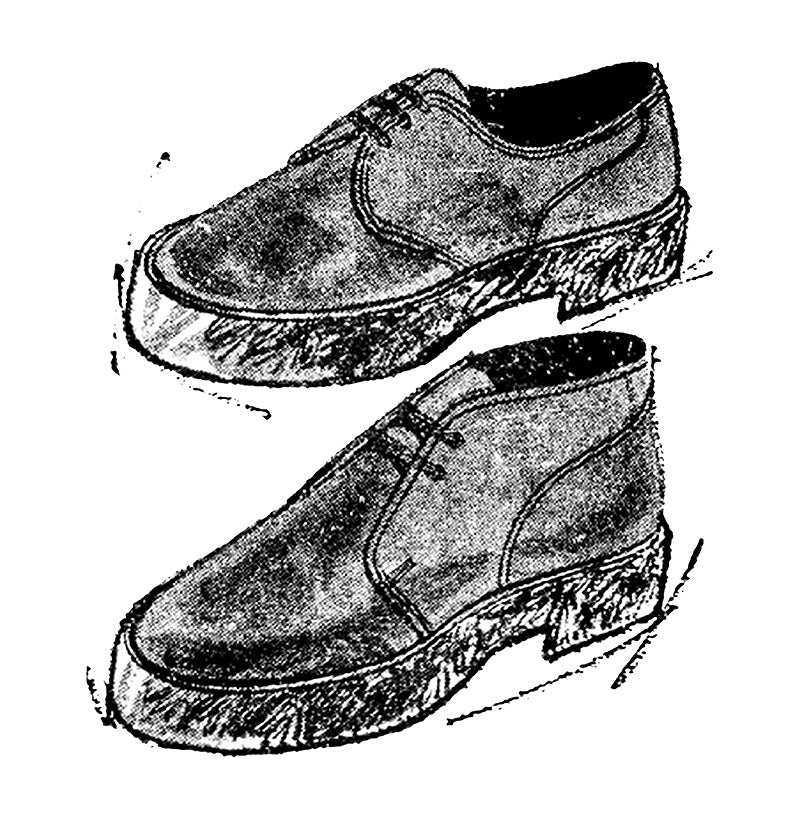
1940s
Original Playboys coming to Americaand Australia.
In the 1940s, during the Second World War, Playboy shoes and chukkas, along with other English brands, were heavily exported, primarily to America and Australia, as part of the shoe industry’s mobilization to earn foreign currency for their country.
Original Playboys were even spotted in Cairo during WW2 on Eighth Army officers, who were renowned for wearing their privately purchased chukkas abroad. This could have been the start of the later popular desert boots trend.
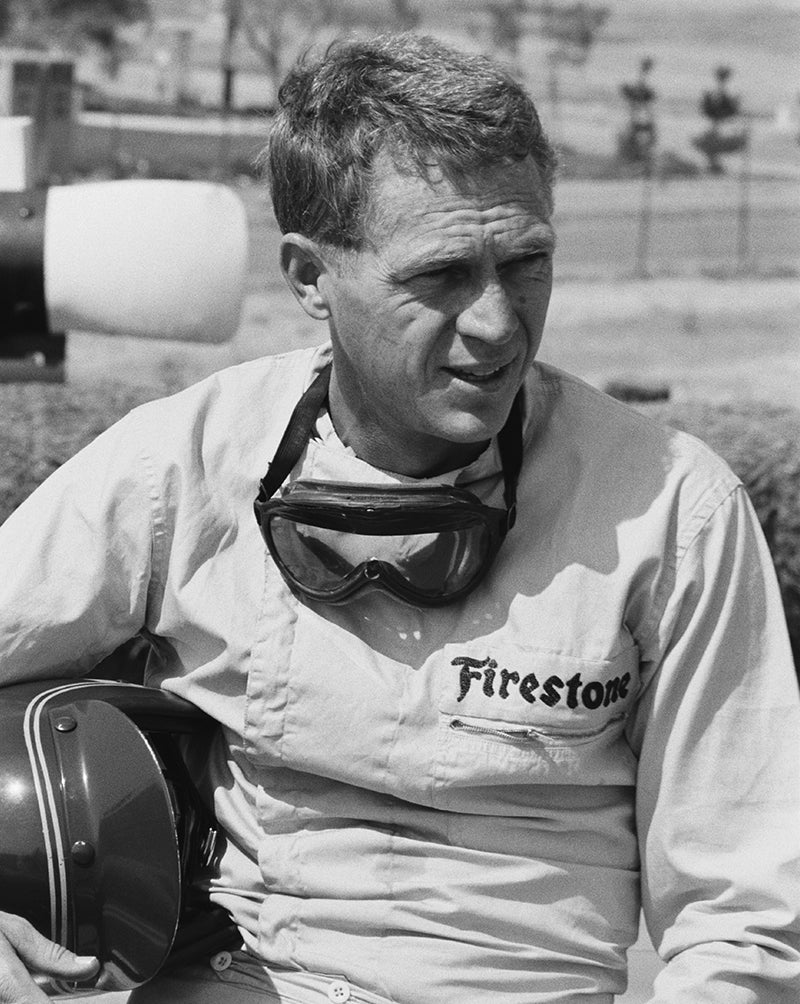
1950s
A Hollywood favourite.Worn by legends.
The 1950’s marked the beginning of a huge popularity in America for Original Playboy as some of the biggest male Hollywood stars began wearing the shoes.
In particular one of the world’s hottest actors Steve McQueen, known as the ’King of Cool,’ notably wore the Original Playboy chukka both on and off-screen from the 1950s well into the 1970s, including in the iconic film ’Bullitt’.
Other legendary actors such as Marlon Brando, Anthony Perkins, and Jason Robards were also spotted in Original Playboys. Not least, jazz legend Miles Davis wore the Playboy chukka on the cover photo of Milestones in 1958 and during the recording of Kind of Blue in 1959.
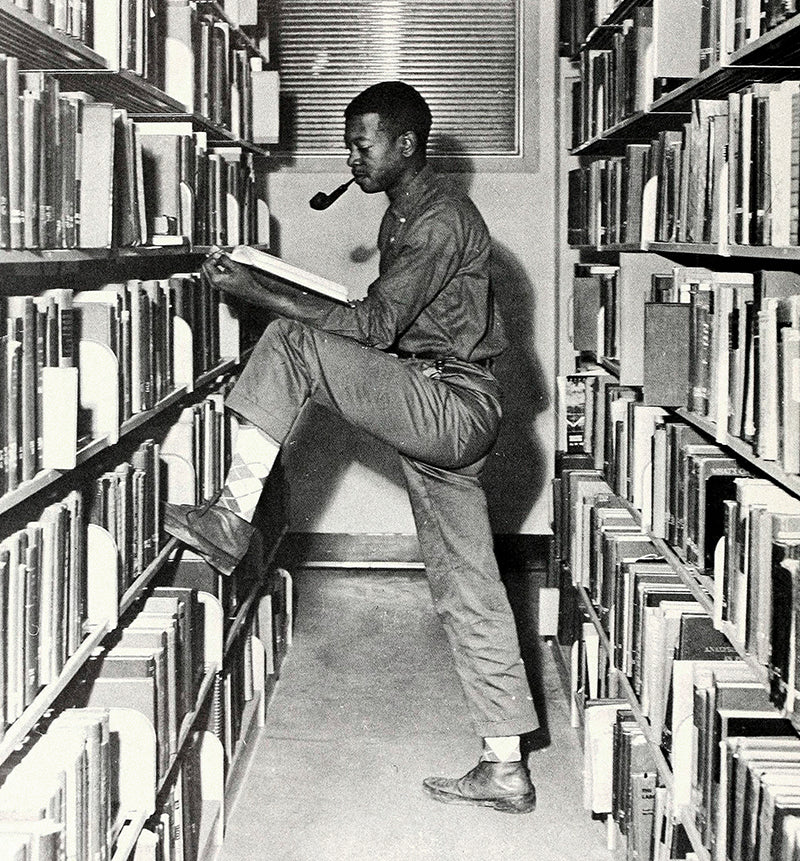
1960s
Playboys embraced as Ivy League style.
In the 1960s, Playboy shoes were embraced as part of the American Ivy League style, which was to sweep the world during the mid-1960s, and later filter into Mod fashion in the UK.
Also in the 1960s, Playboy’s long-term adoption by the Scandinavian countries began, with particularly strong sales in Sweden, a country that would go on to play an increasingly important role.
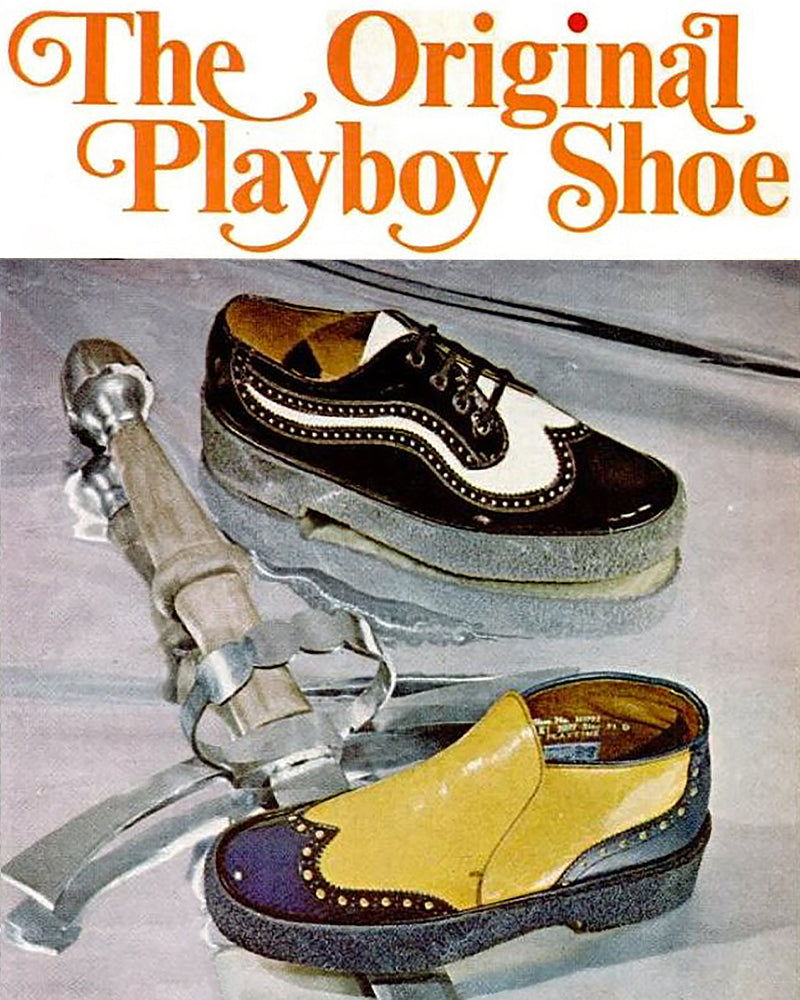
1970s
The times are changing.
The previous clean suedes and leathers were joined by multicoloured styles, elastic sides, double buckles, and thicker soles. Malcolm McLaren & Vivienne Westwood’s ’Let It Rock’ shop on King’s Road even carried a rare bespoke pointed-toe version of the Original Playboy shoe.
The most significant change, however, occurred in 1973 when shoemaker Hutton had to discontinue its business and sold the Playboy trademark, archive, and tooling to a Swedish company.
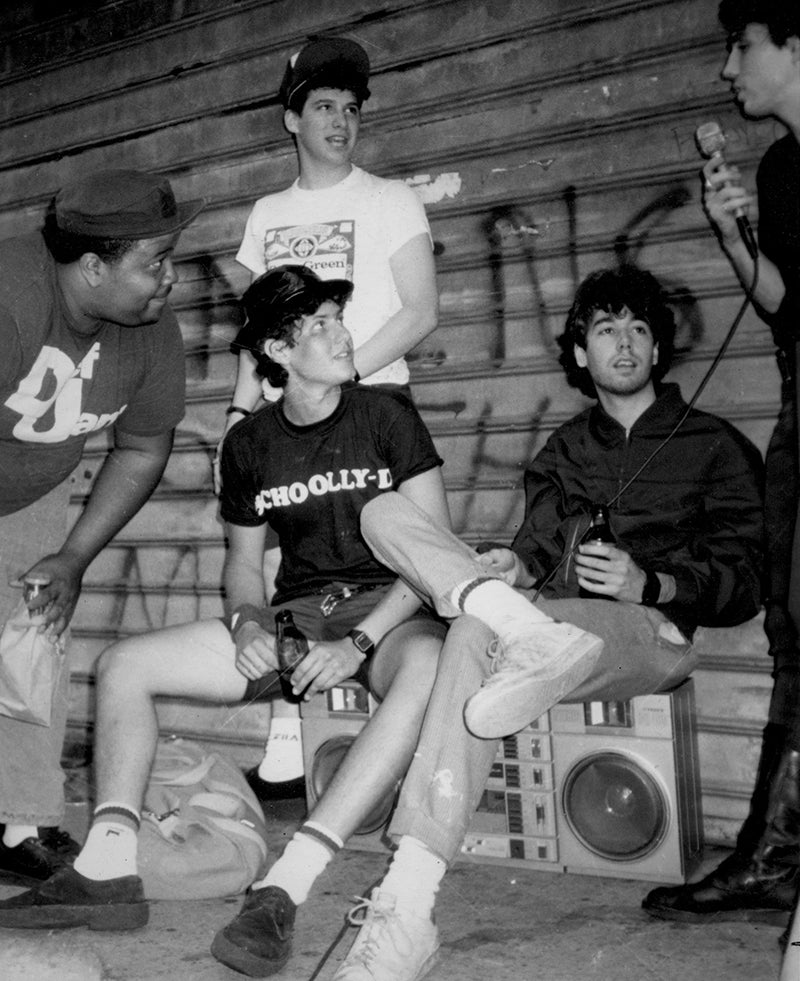
1980s
Part of the exploding Hip Hop scene.
As the 1980s rolled around, Original Playboys became part of the exploding Hip Hop scene.
Known wearers being Brooklyn’s own Beastie Boys and pioneers to the hip hop culture, as well as the Rocksteady Crew’s Popmaster Fabel and Ron La Retro, who, in 2019 organised an exhibition titled ”Forgotten Street Fashion” at the Universal Hip Hop Museum in the Bronx, New York.
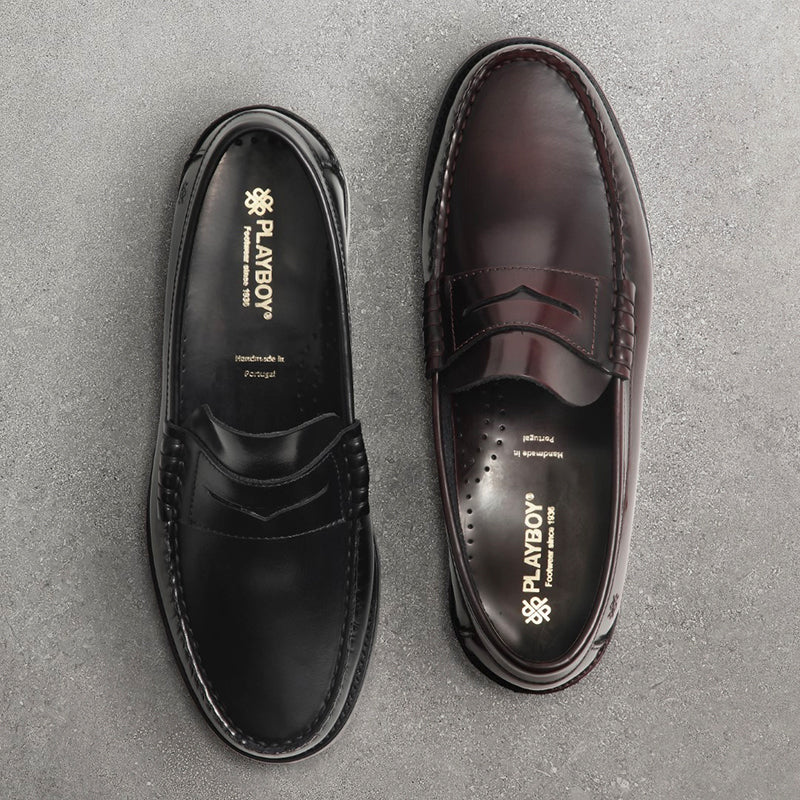
1990s
A change of focus.
The 1990s were a quieter period in the history of The Original Playboy. The focus was primarily on the Danish market, with particular emphasis on the Swedish market, which played an important role.
These were also years with a growing attention to other types of shoes, especially the very popular Playboy loafers, which still play a key role in the overall Playboy collection today.

2000s
The Danish ownership. A family business.
In 2005, the Playboy brand was acquired by the current Danish owner, the Fabian family, known for their extensive shoemaking expertise. John Fabian began working with the Playboy brand in the 1970s and played a key role in introducing a new range of shoes, including the first Playboy Footwear boat shoe collection made for the Swedish America’s Cup 12-meter team in 1978.
Years later, John’s daughter, Charlotte Fabian, joined the company, and took on the job of ensuring the legacy of the iconic brand and the family’s deep knowledge of the intricate craftsmanship behind The Original Playboy shoes.
2010s
Celebrating the 80th jubilee of The Original Playboy.
In 2016, to celebrate the 80th jubilee of the Original Playboy shoes from 1936, the chukka boot was relaunched.
The archives were explored, and in homage to the world-famous chukka with its rich history, ’Worn by legends’ was used to summarize all the stories of the legendary Hollywood actors, jazz musicians, hip-hoppers and other good people who had worn Original Playboys over the years.
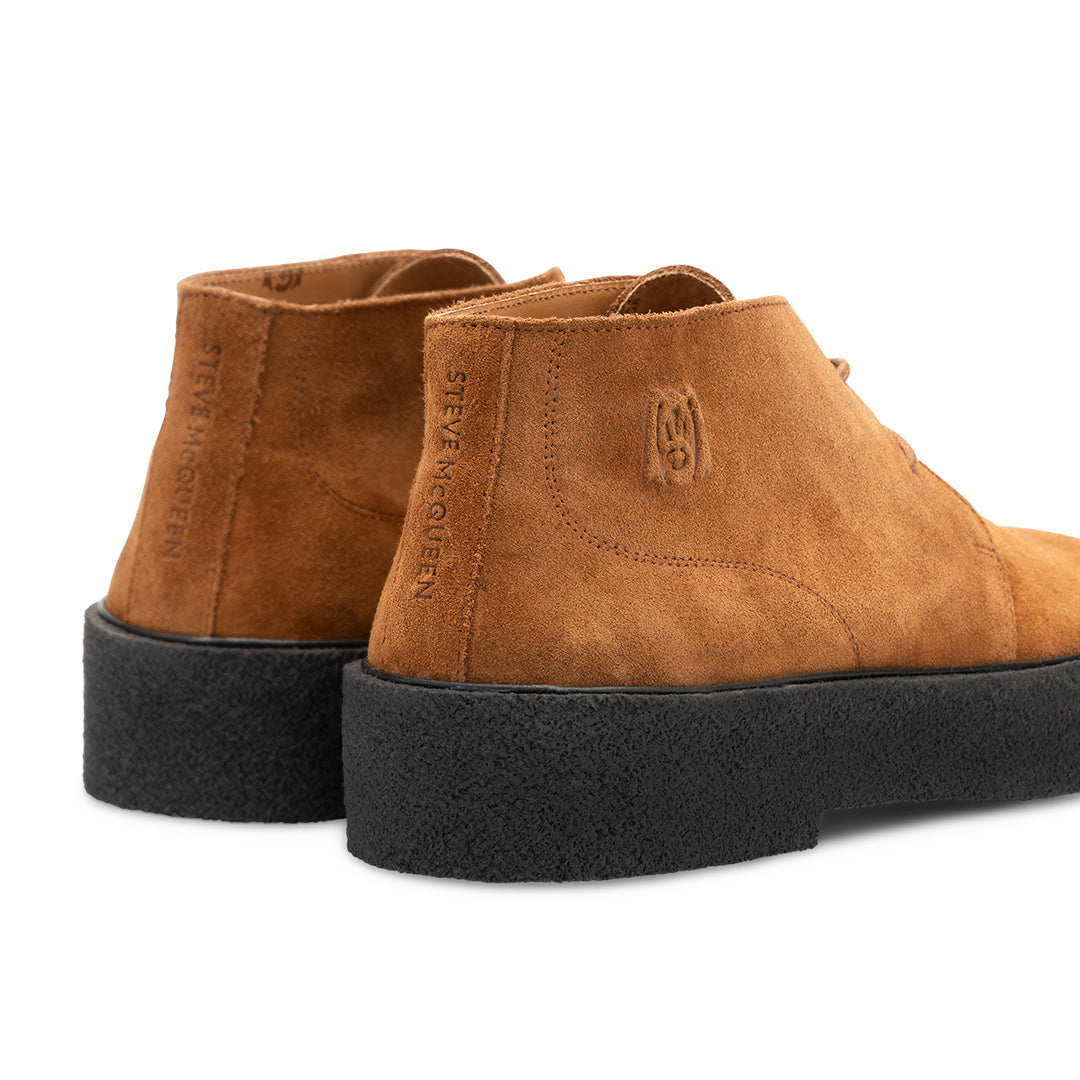
2020s
New beginnings and collaborations.
2020 marked the beginning of a new era for Original Playboy. As a tribute to Steve McQueen and his special role in the legacy of the Original Playboy, a collaboration was established with the Estate of Steve McQueen to launch the chukka as the actor’s favorite boots.
In 2021, we also teamed up with Lewis Leathers, Britain’s Oldest Motorcycle Clothing Company with shops in both England and Japan. Derek, the owner, had been a fan of Original Playboys since the mid-1970s and reached out to make a collaboration on a selection of shoes based on the Original Playboy design.
At the end of 2023, the tribute to Steve McQueen continued as a new collaboration was formed with Steve McQueen’s son, Chad McQueen, and his children, featuring a special edition of the chukka with the iconic actor’s emblem and name embossed on the boots.
